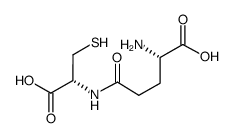| Structure | Name/CAS No. | Articles |
|---|---|---|
 |
Ethanol
CAS:64-17-5 |
|
 |
Gamma-glutamylcysteine
CAS:636-58-8 |